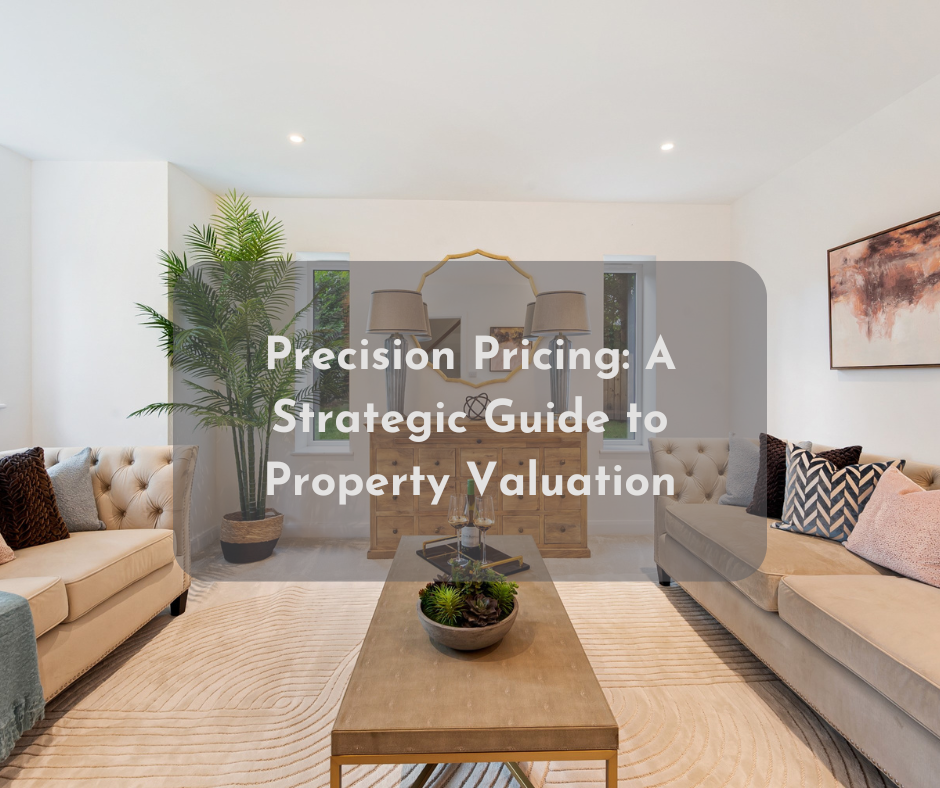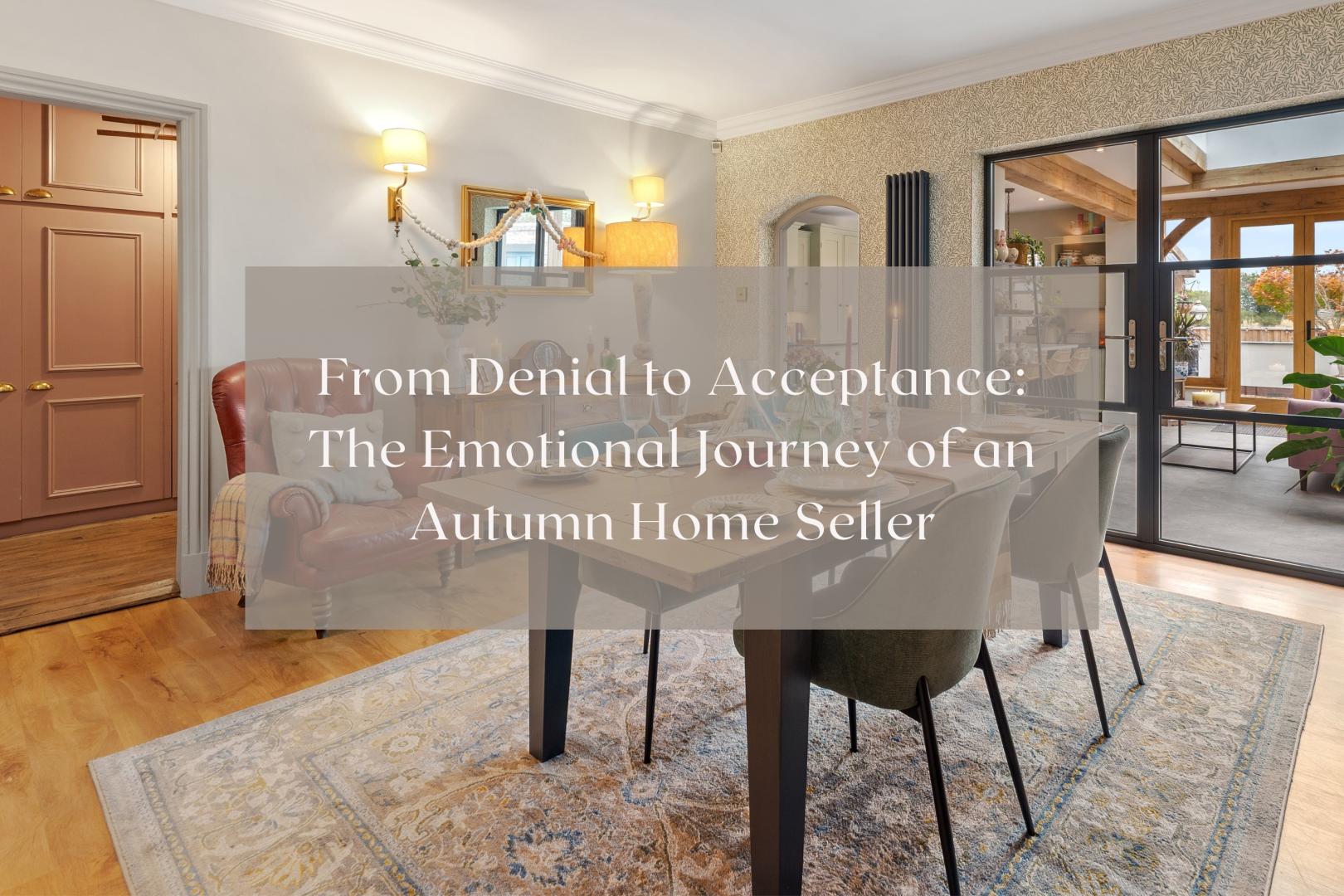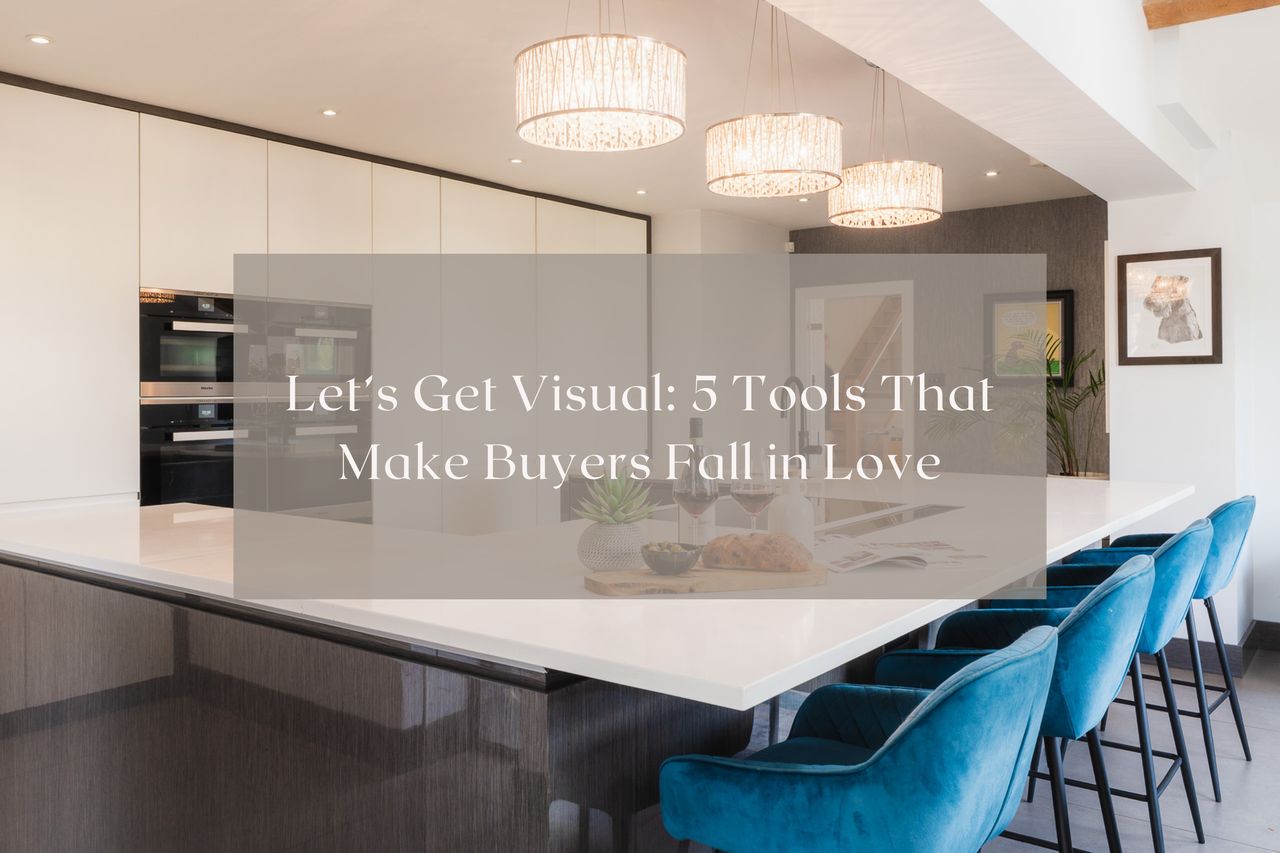Finding your likely sale price
When determining the likely sale range for your property, it’s essential to understand that a property is ultimately only worth what someone is willing to pay. For buyers requiring a mortgage, this value also needs to align with the figure a surveyor is prepared to agree upon.
Arriving at an accurate guide price involves a detailed analysis of market data. This includes assessing the current price per square foot being achieved in the area, as recorded in the Land Registry. We also consider what you originally paid for the property and how the market has performed since then. Additionally, we review current market trends, paying close attention to tools like Rightmove’s House Price Index, which offers real-time insights into buyer and seller behaviours before they appear in the wider market. Together, these factors provide a data-driven foundation for estimating where your property sits ‘on paper.’
From this foundation, we incorporate the unique saleable aspects of your property. These can vary depending on the target market and may include features like additional land, breathtaking views, or a high-end finish. Conversely, if the property requires work, we estimate how this might impact its appeal, though it’s worth noting that renovation costs can vary significantly between buyers. This subjective aspect highlights the importance of marketing: understanding your home’s ideal buyer and crafting a campaign designed to attract them is key to achieving the best possible price.
At the higher end of the market, where liquidity is greater, buyer willingness to pay can fluctuate widely. This is where exceptional marketing and expert negotiation come into play, helping to secure a premium price.
It’s important to remember that when you ask an estate agent to ‘value’ your home, the figure provided is often based on opinion. While we leverage the above, and comparable sales of similar-sized and similarly specified properties to inform our pricing, the market ultimately determines the value of your home — not the agent.
By combining data-driven insights with a deep understanding of your property’s unique appeal, we ensure your home is marketed to the right audience and positioned to achieve its maximum potential.
Finding your best pricing strategy
After establishing a likely sale range, the next step is to determine the most effective approach to achieve it. Selecting the right pricing strategy for your home is pivotal. Pricing too low risks underselling, while setting it too high could significantly reduce the number of potential viewings.
In recent years, we’ve observed that strategies can vary considerably depending on current market conditions and the nature of the property, with these dynamics often shifting month by month. For instance, the post-pandemic boom spurred a surge in demand, leading to situations where sellers were met with an abundance of buyers, many willing to pay above the asking price.
In 2023, we experienced a downturn in property prices following 14 consecutive interest rate hikes. This trend began to stabilise towards the end of the year, with three successive rate holds. Wage growth remained surprisingly robust, keeping pace with inflation, which then started to ease, alongside the interest rates offered by banks.
Moving into 2024, stock levels had reached a 10-year high. The installation of a new Labour government and a controversial Autumn Budget that heavily impacted businesses set the stage for further economic shifts. In August, the base rate dropped from 5.25% to 5%, followed by another reduction in November to 4.75%.
On 6th February 2025, the Bank of England reduced the base rate further to 4.5%. Ordinarily, this would be welcome news for buyers and sellers, as lower borrowing costs often stimulate market activity. However, while this change could provide relief to some, lending rates offered by banks may not adjust as quickly, depending on how lenders respond to broader economic uncertainties.
In a challenging market, pricing accurately is essential. Setting a higher price as a test can be a gamble, particularly if values continue to decline during the marketing period. Pricing competitively helps generate interest and creates a sense of competition among buyers, increasing the likelihood of achieving the best outcome.
Adapt to the market as it stands today, rather than relying on what it once was. The recent rate drop could stimulate demand in many areas, but it's crucial to remain realistic and responsive to current conditions to ensure your property stands out.
Optimising Pricing Strategies with Rightmove Filters
After determining the most effective pricing strategy, it's important to consider how your property will appear on platforms like Rightmove, where the majority of active buyers search. One common mistake is listing homes at suboptimal price points that don’t align with Rightmove’s filtering increments. For example, listing a home worth £1m at £999,999 might seem like a clever tactic to appear just under a million, but it could actually exclude your listing from searches starting at £1,000,000, as Rightmove’s price filters increase in £100,000 increments after £700,000. Similarly, pricing at £1.1m might miss potential buyers whose maximum budget is £1m, with the next filter jumping to £1.25m.
In these scenarios, precise pricing can significantly affect visibility. For instance, setting a price directly at £1m aligns perfectly with a key filter on Rightmove, ensuring your property appears in relevant search results. If your property’s value hovers between £1.050m and £1.1m, consider a strategy like "Offers Over £1m" to entice buyers looking for value, thereby increasing the chances of competitive bidding.
This approach taps into buyer psychology. Most would prefer to purchase in isolation, feeling they have negotiation power. However, as a seller, it’s advantageous to create a competitive environment where multiple buyers are interested, often leading to offers above the asking price. While it may feel counterintuitive to price a property slightly below perceived market value, this can generate higher activity levels, leading to multiple offers and potentially higher final sale prices. For many people, it is difficult to understand why someone would pay more than the asking price, as everyone seemingly wants a deal. However, trust me, if you get the strategy right, it can lead to brilliant results, and we have numerous test cases to demonstrate this.
Remember, the listed price is primarily a marketing tool designed to drive interest. If offers come in too low, they can always be declined. Conversely, if a lower-than-expected price attracts high interest but few offers, it might indicate the property’s value was overestimated.
Ultimately, effective property sales hinge on the three P's: Pricing, Presentation, and Promotion—and sometimes, a fourth P, Patience, especially for high-end homes which cater to a smaller pool of potential buyers. These elements are crucial to navigating today’s market and achieving a successful sale.
Our Role
Our role as your agent is to ensure that you have all the information so that you can make informed decisions.
Ultimately, our aim is to achieve the highest possible price, and as an agent, we control three key aspects:
- The quality of the marketing.
- The exposure your marketing receives.
- The communication between agent and seller.
Beyond these factors, the market is beyond anyone's control, but skilled negotiation is crucial once we have an interested party.


 By
By 



Share this with
Email
Facebook
Messenger
Twitter
Pinterest
LinkedIn
Copy this link